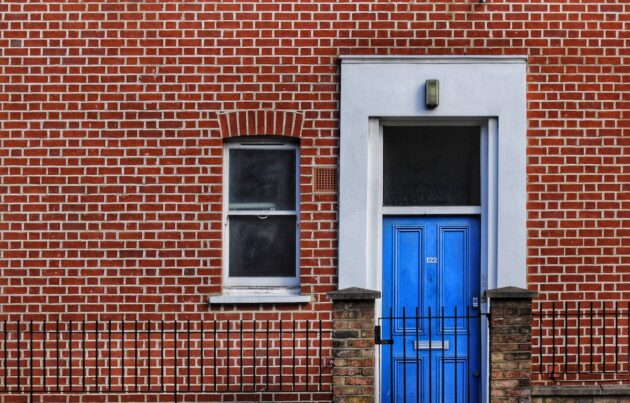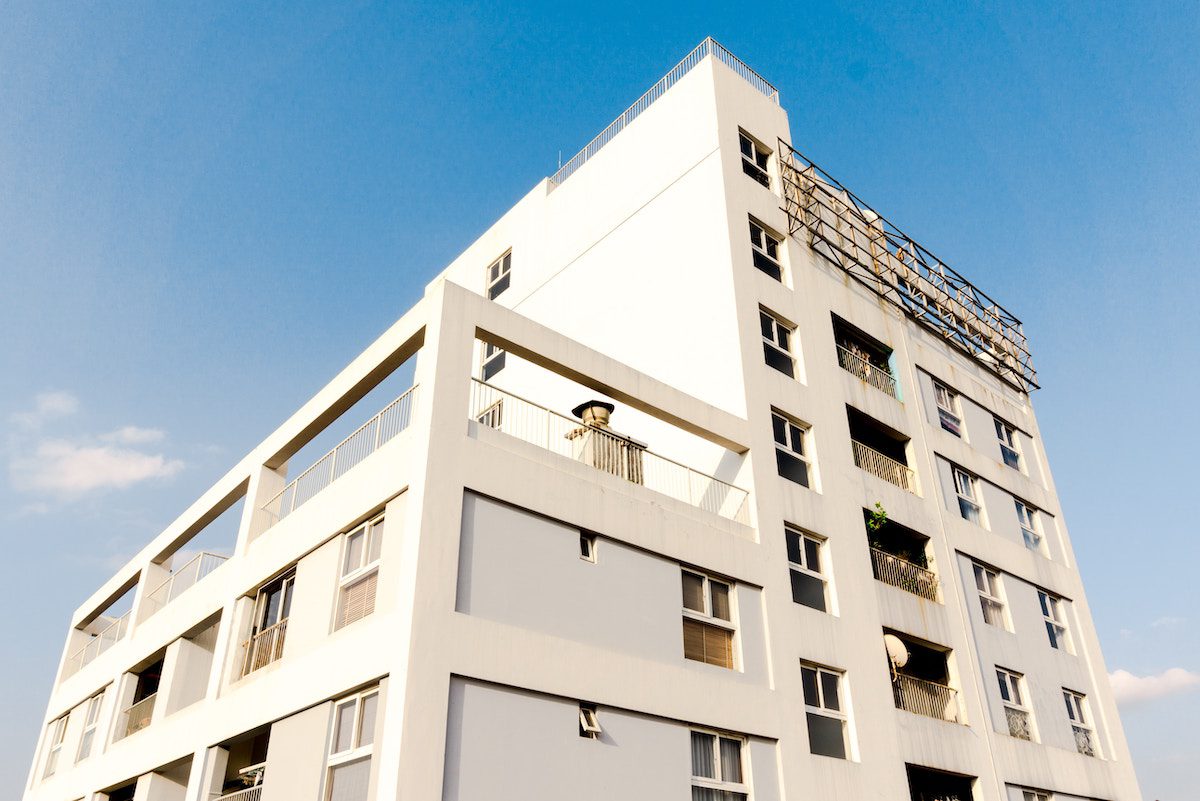Rent Stabilization: What Renters and Landlords Need to Know
Rent stabilization is best defined as control over housing pricing through regulations and policies. Originating in the first half of the 20th century, rent stabilization is intended to protect tenants from unjust rent increases through local-level legislation.

We're weighing in on why it was created, how it affects tenants and landlords and more below. If you're a visual learner, we also included a video resource to demonstrate the concept another way.
What is rent stabilization and why was it created?
Rent stabilization has had a developing journey throughout the years as the purpose and guidelines have shifted. These rules and regulations were initially developed post-World War II when housing shortages ran rampant.
This spike in demand caused rent prices to skyrocket, a need for affordable options to emerge, and rent prices stabilized. The need for stabilization was especially important in more populated areas where more people were displaced and left without housing.
What rent stabilization means today
Today, this causality has only grown as supply and demand has shifted. While the original purpose of rent stabilization legislation remains true, the purpose it serves and the importance of these regulations have increased. Overall housing affordability has been at the forefront of these policies along with the preservation of neighborhoods and tenant rights, even as the housing market continues to ebb and flow.
Some states have outright banned rent control and stabilization. However, there are some states where rent stabilization and rent control are allowed at the state or local level (but are strictly controlled). These states include New York, New Jersey, California, Maryland, Maine, Minnesota, Oregon and the district of Washington, D.C..
What do tenants need to know?
Rent stabilization laws can vary significantly depending on the jurisdiction and state you are in. Some factors determine eligibility, like lease terms, building types and age, should you be in a state with rent stabilization regulations.
Tenants, should they qualify under a rent-stabilized area, should keep a record of rental payments and rent history. This could be helpful in cases where rent increases seem excessive and serve as tangible pieces of evidence.
What do landlords need to know?
Landlords should deeply understand the applicability and local laws and regulations around rent stabilization. Rent stabilization laws typically apply to certain types of rental properties in specific areas. It's crucial for landlords to know whether their property falls under that jurisdiction.
Should landlords find themselves within the jurisdiction, they must understand tenant rights. These rights include protection against unjust evictions and the right to renew leases.
FAQs of rent stabilization
Understanding rent stabilization may leave renters and landlords with questions, especially about their own eligibility.
Is rent control the same thing as rent stabilization?
In short, no. While these terms are often used interchangeably, there are some differences. While rent control typically establishes a set rental rate, rent stabilization allows for incremental increases that are determined by the local or state government (generally limited to a small percentage).
Another key difference between the two terms is that rent-control accommodations have become increasingly rare, whereas rent-stabilized properties are more common.
How do I know if my apartment has stabilized rent regulations?
There are quite a bit of tools to determine the eligibility of your current building or if the area you're vetting for your next move has rent-stabilized apartments. It's important to start by researching state and local rent stabilization laws. Residents of current buildings can then start by asking their landlord if their unit is rent-stabilized.
Renters can also contact local legislative boards (some areas have rent control boards) and check records of the building's age. Local tenant unions may be of some assistance in this area as well.
For New York residents, this tool is helpful in determining rent stabilization eligibility.
Keeping up to date with rent stabilization regulations
In order to better understand local regulations and state laws, residents should continue to research and follow up with tenant unions and governing boards. By staying up-to-date with regulations and developments, they can better make decisions on living arrangements and contribute to shaping future policies that affect their community.



